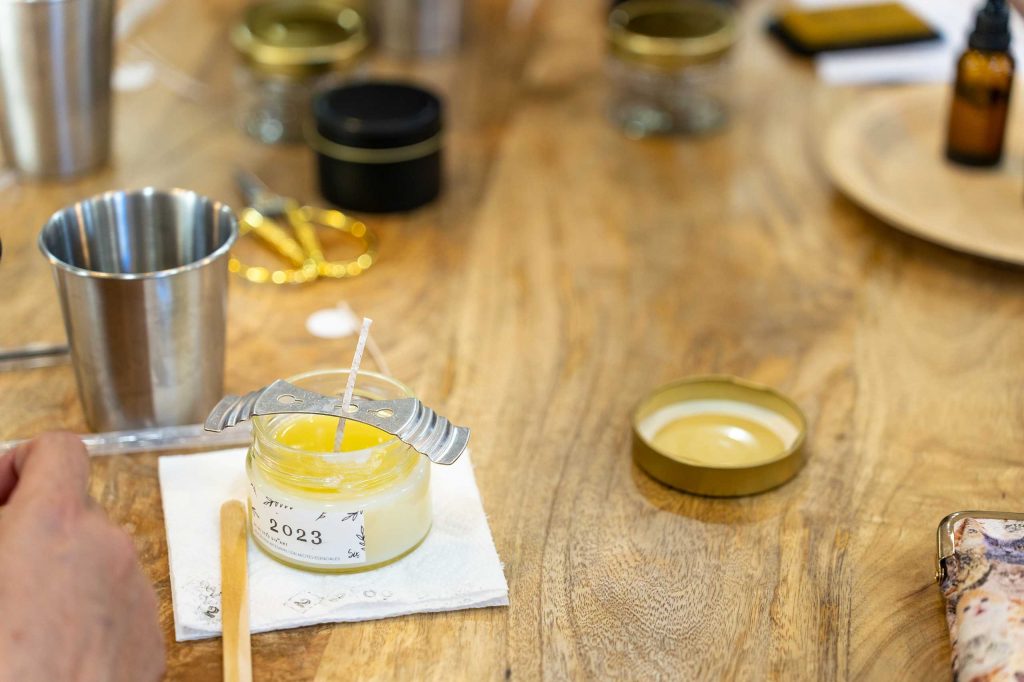Creating a candle might seem like a simple task — melt some wax, add fragrance, and pour it into a container. But behind every beautifully burning candle lies a delicate harmony of art and science, creativity and technique. In this article, we will explore the many layers involved in making the perfect candle, guiding you through the essentials and inspiring you to create your own glowing masterpieces.
Understanding Your Materials: The Foundation of Every Candle
Before lighting a candle, it’s essential to understand the materials that form its heart and soul. The choices you make at this stage greatly influence your candle’s appearance, scent, and burn quality.
Wax Types:
There is a variety of waxes available for candle-making, each with unique properties:
- Soy Wax: Popular for its clean burn and longer-lasting flame, soy wax is derived from soybean oil, making it a natural and renewable choice. It holds fragrance well and produces minimal soot.
- Beeswax: Naturally fragrant with a subtle honey scent, beeswax is prized for its slow burn and bright flame. It’s an excellent option for those who prefer an all-natural product.
- Paraffin Wax: This traditional wax offers excellent scent throw and vibrant colors but is petroleum-based. It burns hotter and faster than soy or beeswax.
- Coconut Wax: A newer option, coconut wax is sustainable and offers a smooth, creamy finish and great scent throw when blended properly.
- Blended Waxes: Many candle makers use blends (e.g., soy and coconut) to combine the best qualities of different waxes.
Wicks:
Selecting the right wick is just as critical as choosing the wax. The wick’s size, material, and shape directly affect the candle’s flame size, burn rate, and safety.
- Cotton wicks are the most common, offering a consistent burn.
- Wood wicks provide a gentle crackling sound and unique aesthetic but require careful sizing.
- Hemp wicks are natural and eco-friendly but less commonly used.
Choosing a wick that fits your candle’s diameter and wax type will ensure an even burn without tunneling or excessive smoke.
Fragrance Oils:
Fragrance is what transforms a candle into an emotional experience. High-quality fragrance oils are key to achieving a memorable scent.
- Consider the scent’s strength (fragrance load) — too little results in weak aroma, too much can cause the candle to burn poorly or sweat.
- Understand fragrance notes — top, middle, and base — to create complex, layered scents that evolve over time.
- Blend essential oils with synthetic fragrances for balance and longevity.
The Creative Process: From Inspiration to Pouring
Candle-making is an art form where personal creativity shines. Before you start, take time to imagine the atmosphere you want your candle to evoke.
- Are you aiming for relaxation? Try calming lavender, chamomile, or vanilla blends.
- Want to energize a space? Citrus, eucalyptus, or peppermint notes can invigorate your senses.
- Looking for warmth and comfort? Cinnamon, clove, and sandalwood may do the trick.
Experimenting with color adds another dimension. Use natural dyes or color blocks, and consider layering or marbling effects to make your candles visually stunning.
Containers and molds are your canvas. From classic glass jars to vintage tins and elegant ceramic pots, your choice can reflect your style and enhance the candle’s presence.
Mastering Techniques: Crafting Excellence
To create candles that burn beautifully and smell divine, mastering several technical details is essential.
Temperature Control:
Pouring wax at the right temperature affects the candle’s surface and scent release.
- Pouring too hot can cause cracking or discoloration.
- Pouring too cold leads to uneven texture and poor adhesion to the container.
Use a thermometer to monitor temperatures precisely for each wax type.
Curing Time:
Allow your candles to cure for several days to weeks before burning.
- This resting period lets the fragrance fully bind with the wax, improving scent throw.
- It also ensures a more stable and even burn.
Safety Practices:
Always melt wax in a double boiler or a dedicated wax melter to avoid overheating.
- Work in a well-ventilated area.
- Keep hot wax away from children and pets.
- Never leave melting wax unattended.
The Deeper Meaning: Why Handmade Candles Matter
In today’s fast-paced world, handmade candles offer more than just illumination. They provide a moment of mindfulness and a connection to creativity.
Each candle you make carries a piece of your energy and intention. It becomes a ritual — a pause to breathe, reflect, or celebrate.
Handmade candles make thoughtful gifts, personalized for the recipient’s tastes and memories. They support small artisans and sustainable practices, offering an alternative to mass-produced products.
Final Thoughts: Begin Your Candle Journey
Whether you’re just starting or refining your candle-making skills, understanding these layers of knowledge empowers you to create candles that are not only beautiful but meaningful. From choosing the right materials to perfecting your technique and exploring your creativity, each step brings you closer to crafting a candle that truly shines.
Ready to ignite your passion? Dive into our courses and start creating your signature scents today.

